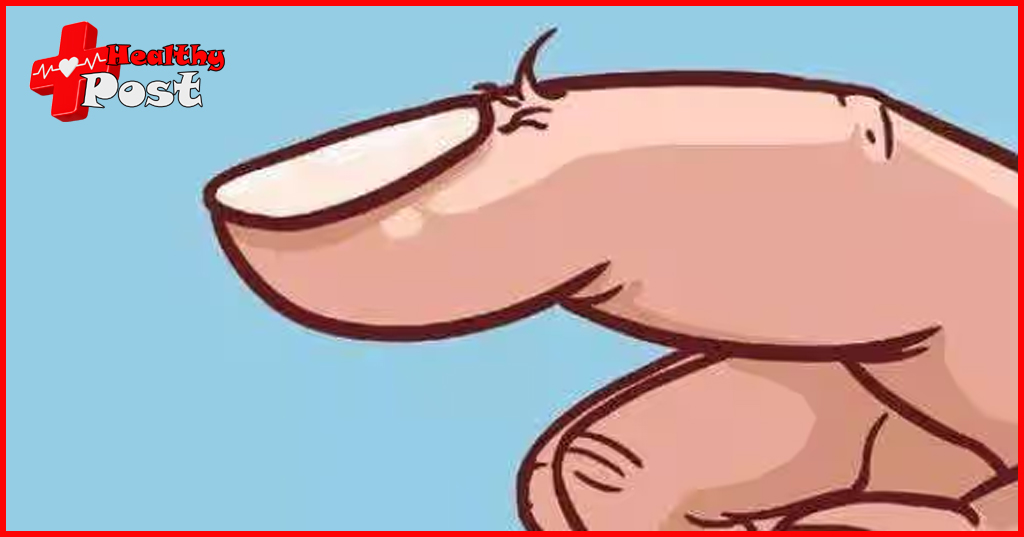
Do you get hangnails on your hands repeatedly in autumn and winter?
After the fall, the weather becomes dry and many people develop “hangnails” on their hands.
A small piece of skin not only affects your appearance, but it can also cause excruciating pain if you accidentally scratch it when putting on clothes.
If you pull it off with force, it will leave a small red and swollen wound. In severe cases, it may even turn into paronychia, which is helpless.
The most frightening thing is that it grows over and over again and it seems like there is no end, which makes people very distressed.
Causes of hangnails
To be honest, hangnails are not really a big problem.
However, it seems that it always grows on those few people. Looking at other people’s slender and intact fingers, the “hanglans” can’t help but wonder – am I lacking vitamins?
Here, the doctor can tell you seriously and earnestly – you think too much!
The reason why many people associate vitamin deficiency with skin diseases is mainly because vitamin deficiency does affect skin metabolism.
If vitamin A is insufficient, chicken-like skin will often appear; lack of vitamin B2 can cause cheilitis, angular cheilitis, glossitis, etc.
These are medically based facts, but there is currently no evidence that hangnails are cause by vitamin deficiency.
You should know that hangnails are cause by the cuticle of the fingertips being too dry and separating.
The reason why this problem only occurs on the fingertips is because the skin around the nails is thinner and has no sebaceous glands, so it cannot secrete oil.
If you have recently been working, playing ball sports, doing housework (such as washing clothes, washing dishes), etc., the moisture in the stratum corneum of your hands will evaporate quickly, and the only layer of sebum will also be remove due to physical friction.
Without the moisturizing and protection of oil, the skin around the nails will easily dry out and crack, resulting in hangnails.
Especially in autumn and winter, when dryness becomes more obvious, hangnails are more likely to appear.
Therefore, housewives who often do housework, ball game enthusiasts, children who like to touch things and move around, and people who wash their hands frequently are all people who are at high risk of getting hangnails.
Two dollars to solve the problem of barbs
If you have hangnails, the most taboo thing is to tear them off with your hands.
Pulling and tearing hard will cause further tearing of the barb, which will become larger and deeper, causing further damage to the deep layers of the skin.
About 90% of people experience redness, swelling and pain after removing the barb, which is the initial reaction of infection.
If not treated in time, the infection can easily worsen due to poor immunity, and severe cases may even develop severe sepsis.
The safe way to remove hangnails is actually very simple: just soak your hands in hot water first, then use sterilized nail clippers to cut off the hangnails at the root.
For some people who suffer from pain and cracking due to hangnails, they can apply eye ointment such as chloramphenicol or erythromycin, which can not only moisturize the skin, but also inhibit bacteria and reduce inflammation, with very good results.
What should I do after the hangnail is healed?
Of course, it is to prevent it from growing the next crop~
For friends who are prone to hangnails, it is necessary to develop the habit of applying hand cream frequently in autumn and winter, and pay special attention to applying more around the nails.
When washing dishes and hands, try to choose cleaning products with natural ingredients, use less alkaline soaps, laundry detergents, etc., and wear latex gloves when washing clothes.
If this still doesn’t prevent the formation of hangnails, then leave the cleaning work to someone in your home who is less likely to get hangnails!
After all, it would be a big loss if you didn’t use your hands without barbs to do any work!


One thought on “Do you get hangnails on your hands repeatedly in autumn and winter?”